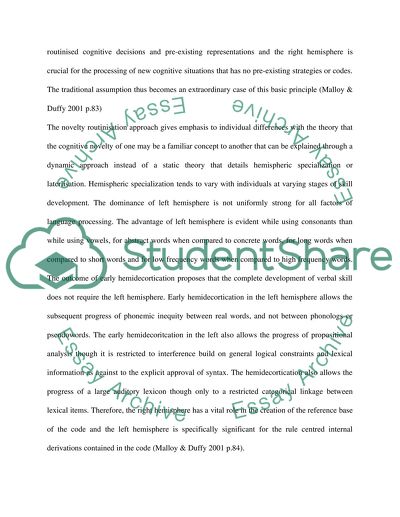Cite this document
(Functional Differences in the Work of Brain Hemispheres Essay, n.d.)
Functional Differences in the Work of Brain Hemispheres Essay. https://studentshare.org/health-sciences-medicine/1555133-discuss-the-differential-roles-of-the-left-and-the-right-hemispheres-and-individual-differences-in-functional-lateralisation
Functional Differences in the Work of Brain Hemispheres Essay. https://studentshare.org/health-sciences-medicine/1555133-discuss-the-differential-roles-of-the-left-and-the-right-hemispheres-and-individual-differences-in-functional-lateralisation
(Functional Differences in the Work of Brain Hemispheres Essay)
Functional Differences in the Work of Brain Hemispheres Essay. https://studentshare.org/health-sciences-medicine/1555133-discuss-the-differential-roles-of-the-left-and-the-right-hemispheres-and-individual-differences-in-functional-lateralisation.
Functional Differences in the Work of Brain Hemispheres Essay. https://studentshare.org/health-sciences-medicine/1555133-discuss-the-differential-roles-of-the-left-and-the-right-hemispheres-and-individual-differences-in-functional-lateralisation.
“Functional Differences in the Work of Brain Hemispheres Essay”. https://studentshare.org/health-sciences-medicine/1555133-discuss-the-differential-roles-of-the-left-and-the-right-hemispheres-and-individual-differences-in-functional-lateralisation.


